Bern museum sells part of controversial inheritance
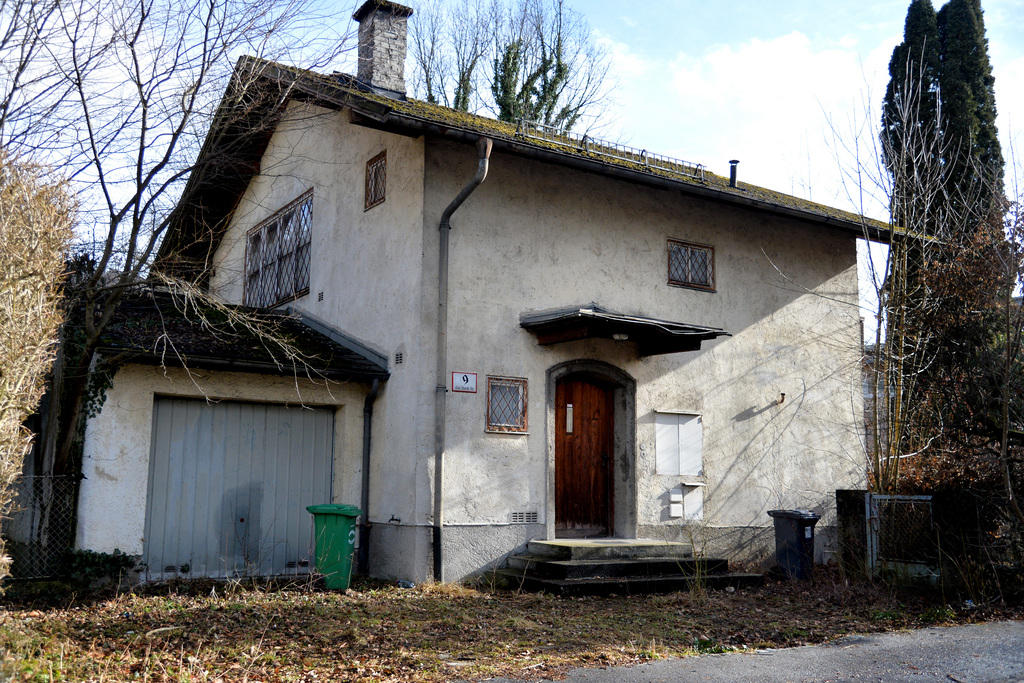
The Bern Museum of Fine Arts is selling property belonging to Cornelius Gurlitt, the son of one of Hitler’s art dealers, in order to cover legal costs connected with Gurlitt’s extensive but controversial collection. The sale of paintings has not been ruled out.
When Gurlitt died in May 2014, he bequeathed his entire collection – of more than 1,500 paintings, drawings, lithographs, woodcuts and posters by artists including Matisse, Picasso, Renoir and Monet – to the surprised museum. He also left it his fortune and real estate.
The museum accepted the donation in November 2014, but the decision was controversial for two reasons: some of the artworks are thought to have been stolen from Holocaust victims, while Uta Werner, one of Gurlitt’s cousins, contested the contents of his will, saying he was delusional when he wrote it.
In December 2016, a Munich court rejected this claim, freeing the way for the collection to head to Bern. However, legal costs so far total CHF2.5 million ($2.6 million), the museum revealed on Tuesday.
Marcel Brülhart, vice-director of the Bern Museum of Fine ArtsExternal link, confirmed reports in the Berner Zeitung that the museum planned to put Gurlitt’s homes in Munich and Salzburg on the market. He added that selling works of art had not been ruled out.
If possible, the museum did not want to dip into its own funds to settle the inheritance, Brülhart said. “At present it’s not possible to say with certainty whether the fortune left by the deceased will be enough to cover costs.”
Timeline
September 22, 2010: German custom officers carry out a routine search of passengers on a train from Switzerland and find 77-year-old Cornelius Gurlitt with €9,000 (CHF9,750) in cash (below the €10,000 reporting limit). Suspicions are raised of tax evasion.
February 28, 2012: The authorities enter Gurlitt’s flat in Munich and discover up to 1,400 works of art, many thought to have been lost in the war. The discovery is kept secret, while an expert investigates the art’s provenance.
November 3, 2013: German magazine Focus reports the story, which gets headlines around the world.
January 28, 2014: A task force reveals that following an initial examination, 458 works are suspected of being looted.
February 10, 2014: More than 60 valuable paintings, including works by Picasso, Renoir and Monet, are found in Gurlitt’s house in Salzburg. It later turns out the Austrian property contained 238 works in total.
April 7, 2014: Gurlitt’s lawyers reach an agreement with the German government, whereby Gurlitt would voluntarily return looted artwork to the heirs or previous owners.
May 6, 2014: Gurlitt dies aged 81 in his Munich flat, having not seen his paintings since they were confiscated two years previously.
May 7, 2014: Gurlitt’s will names the Bern Museum of Fine Arts sole heir of the collection. The museum says it will take a decision on accepting the collection by the end of the year.
November 21, 2014: Uta Werner, Cornelius Gurlitt’s cousin, contests the will, saying Cornelius was delusional when he wrote it. If successful, she would be entitled to half his legacy. The other half would go to her brother (who didn’t challenge the will and wants Bern to keep it).
November 24, 2014: The board of the Bern Museum of Fine Arts said it would accept the collection.
December 15, 2016: Uta Werner loses case.

In compliance with the JTI standards
More: SWI swissinfo.ch certified by the Journalism Trust Initiative
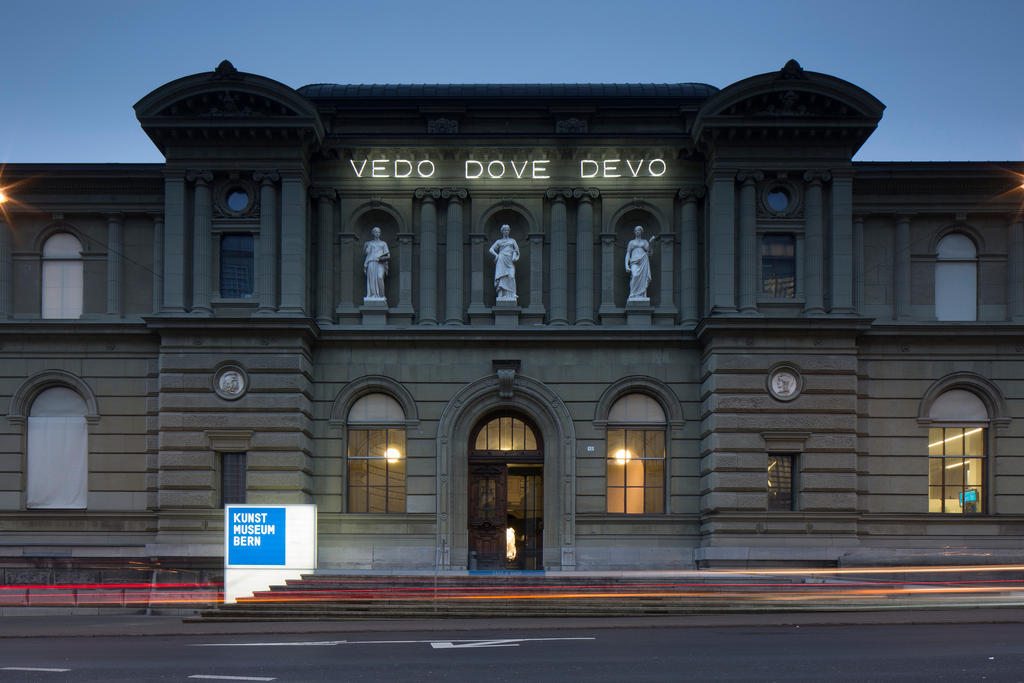
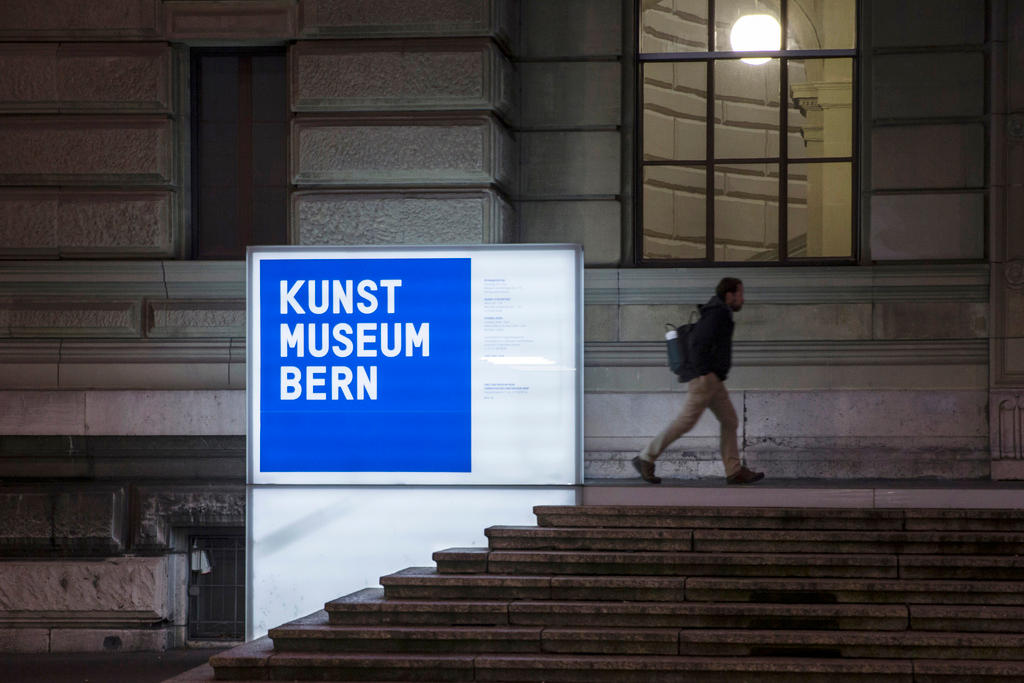
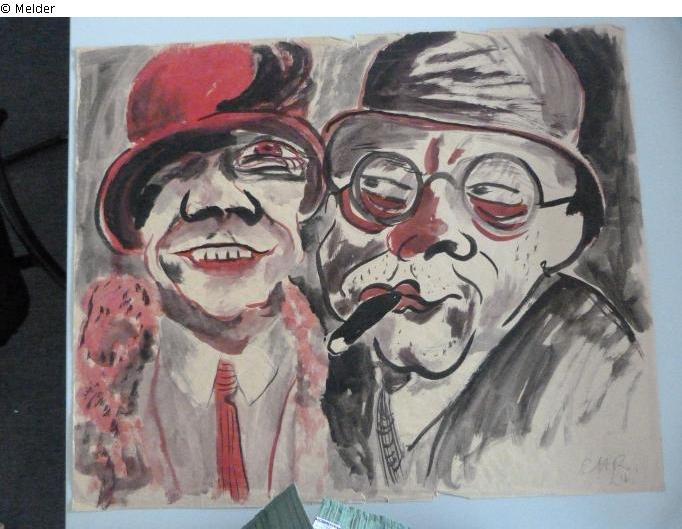
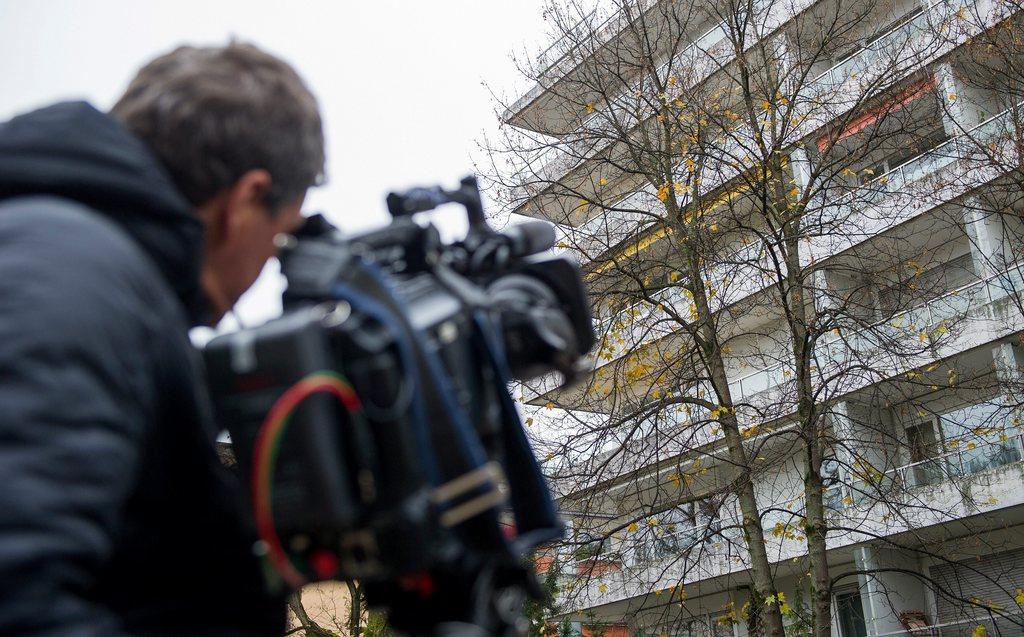
You can find an overview of ongoing debates with our journalists here. Please join us!
If you want to start a conversation about a topic raised in this article or want to report factual errors, email us at english@swissinfo.ch.